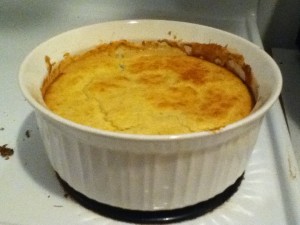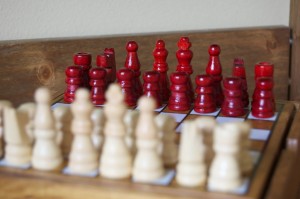
This Wednesday night, I went to the Quirks and Quarks roadshow at Concordia University here in Montréal. It was their question-and-answer programme, so they had scientists answer listeners’ questions. Questions prepared in advance, that is. One wasn’t allowed to stand up an ask a random question. It was a very pleasant evening. I actually got to see what Bob McDonald looks like (that was weird—he’s supposed to be a bodiless radio personality), the questions were interesting and the scientists were entertaining.
I brought my towel, because it was May 25. You would have thought that an event like that (a radio recording of something aimed at über-geeks) would have brought out more people with towels, but nope. You’d be wrong.
I left to get some food because I was hungry after the recording, but I was strongly tempted to stay and heckle Bob McDonald for one of the questions.
One of the listeners asked how it is that we know that what he sees as red is the same thing as what anyone else sees as red. This is a classic problem in philosophy. It is a problem of philosophy of mind, and one that touches on issues of qualia, naturalism, the hard problem of experience, and our phenomenal experience of the world as distinct from our brains’ and our eyes’ mechanism for discerning colour.
I was excited when I heard the question.
Then they had an ophthalmologist answer the question. She totally missed the point! She did not answer the question. She talked about rods and cones. She talked about optic nerves. Those things are interesting in their own right, but you can’t use them to prove anything about whether my phenomenal experience of the colour red is the same as yours.
Bob McDonald: Don’t bring in a scientist to do a philosopher’s job! I think I’ll email Paul Kennedy (host of CBC’s Ideas) and tell him that you’re encroaching on his territory!
I’m glad I went though. They also had free cookies. Well, they were unguarded cookies. I assumed they were free.
If you want to hear this broadcast, it will be on CBC Radio 1 at 12h on Saturday afternoon.





